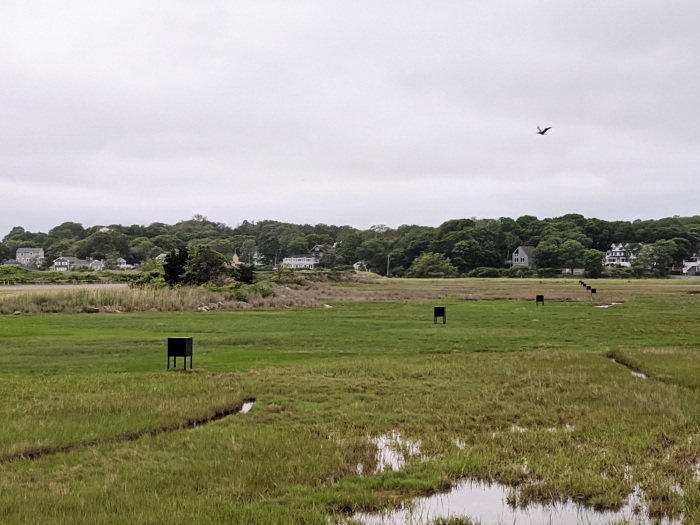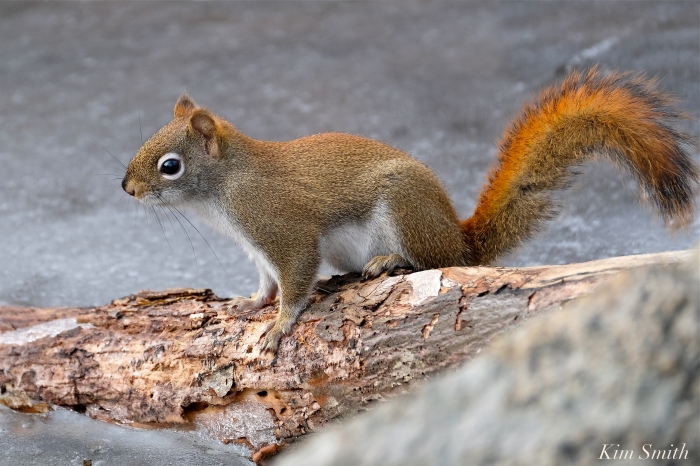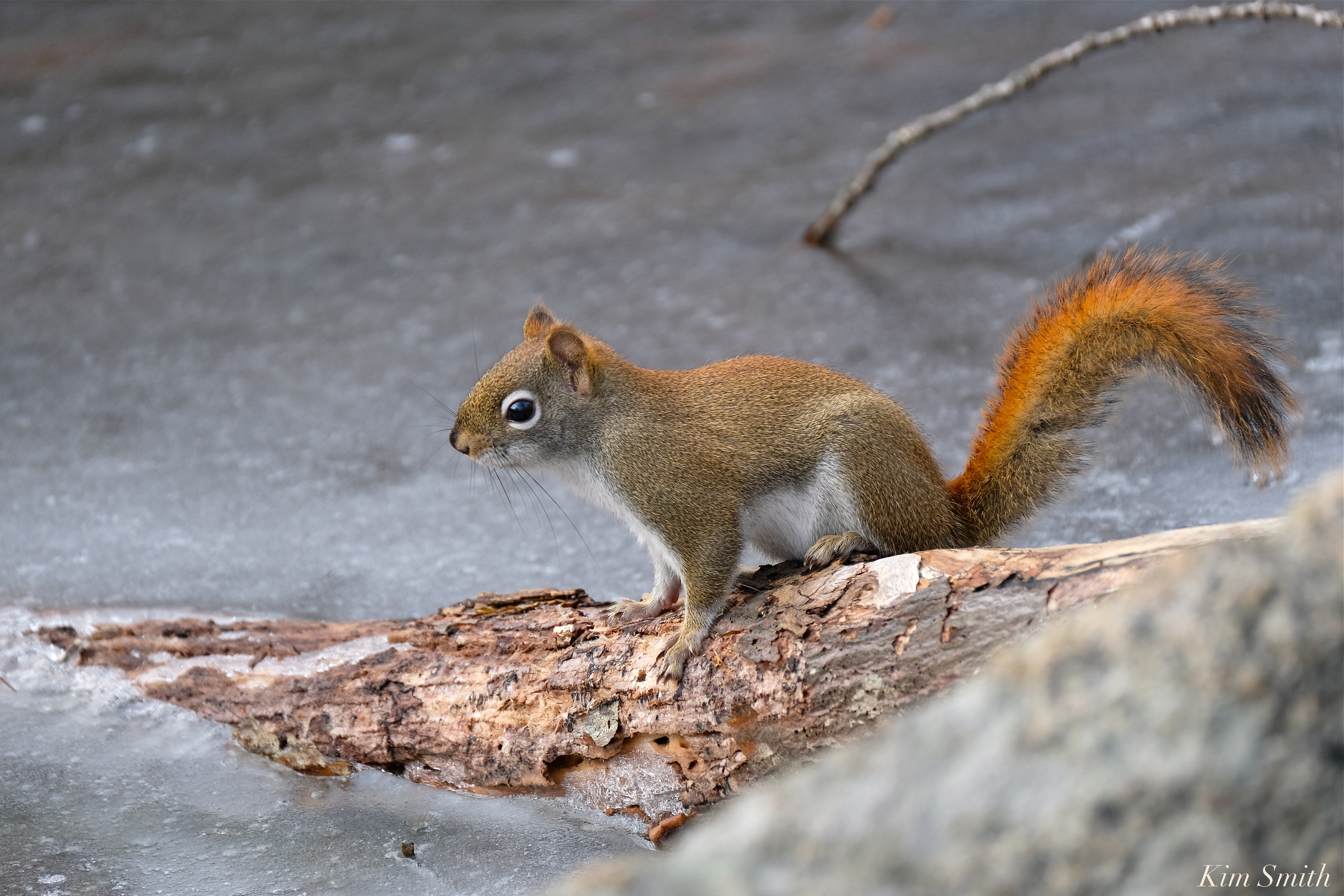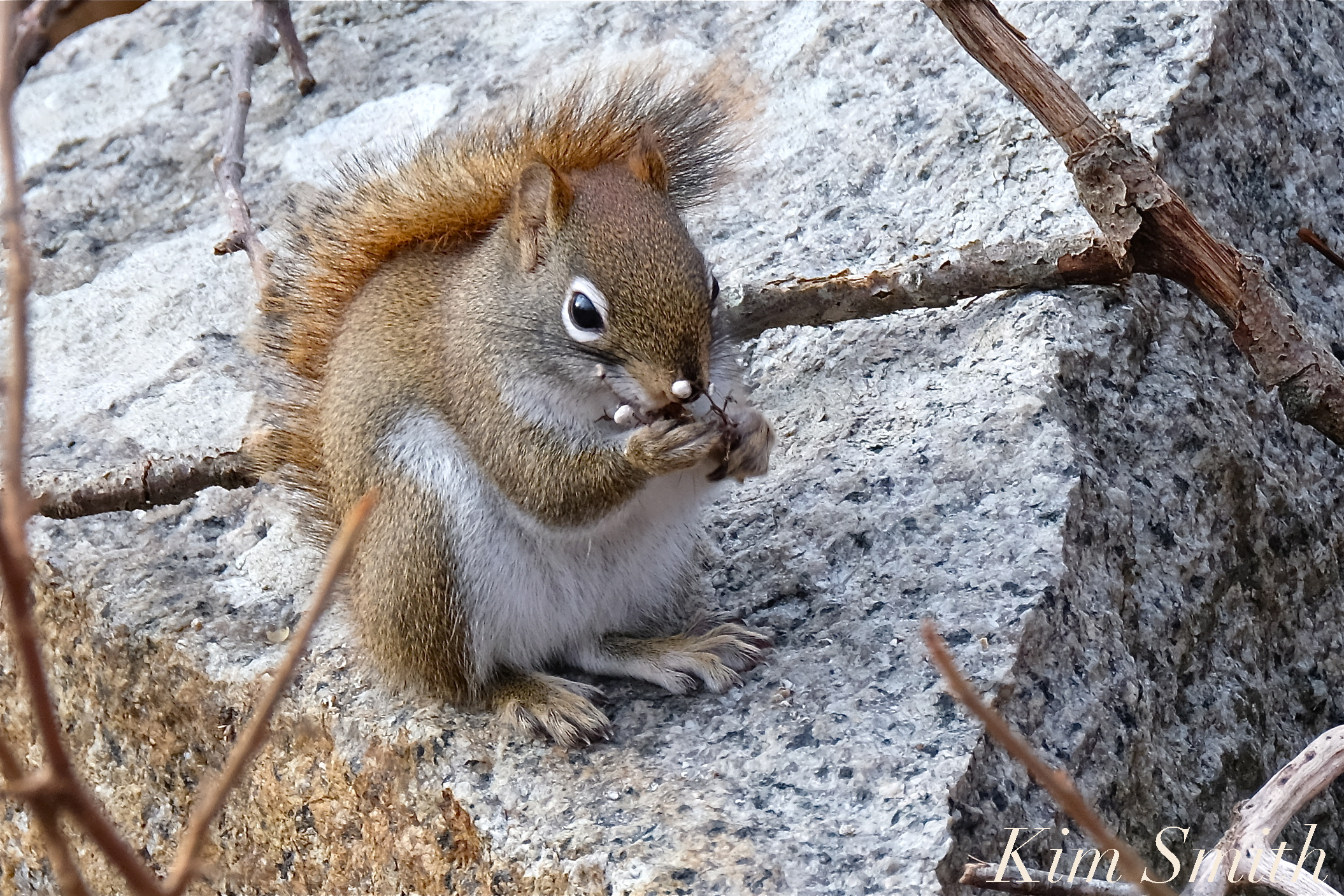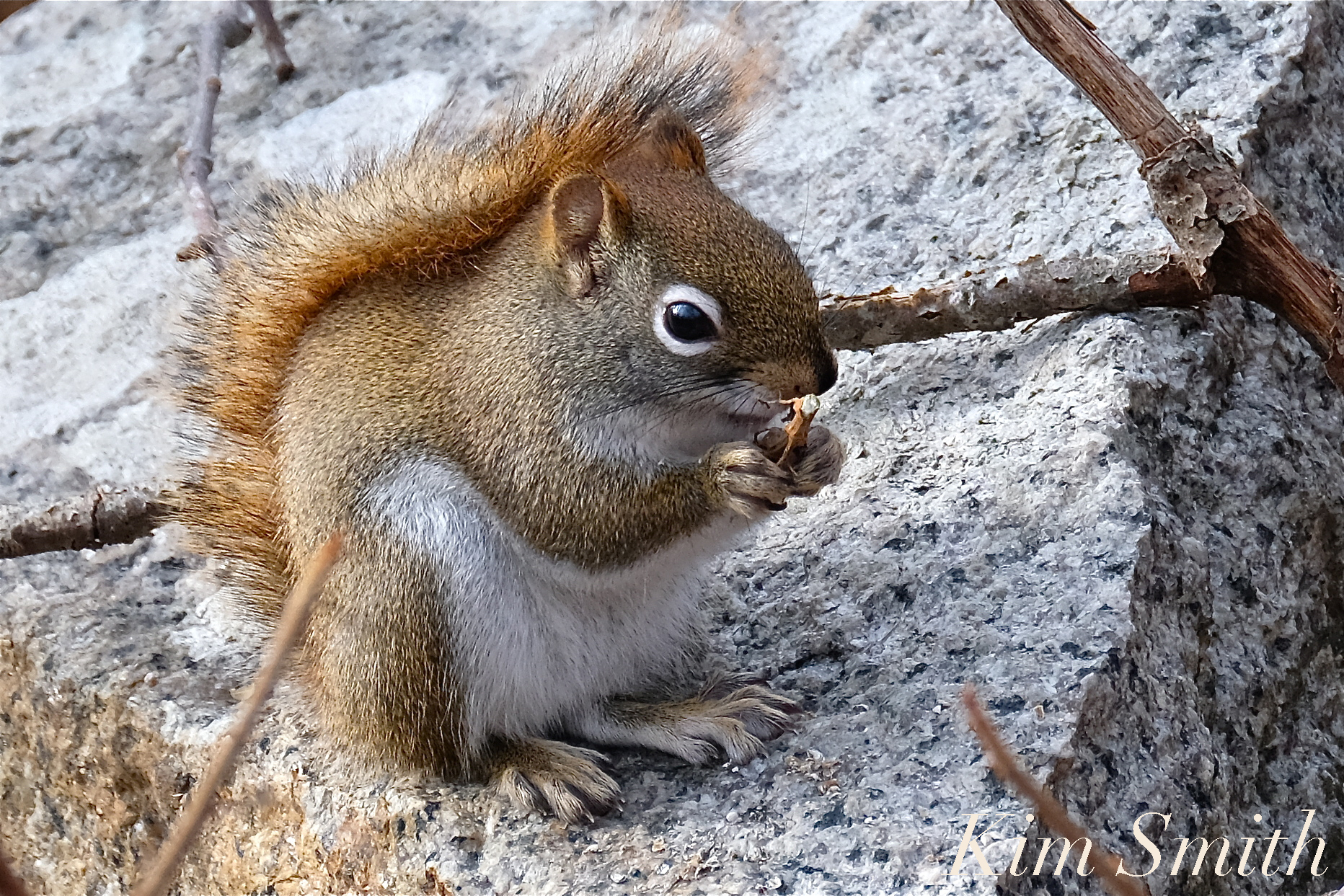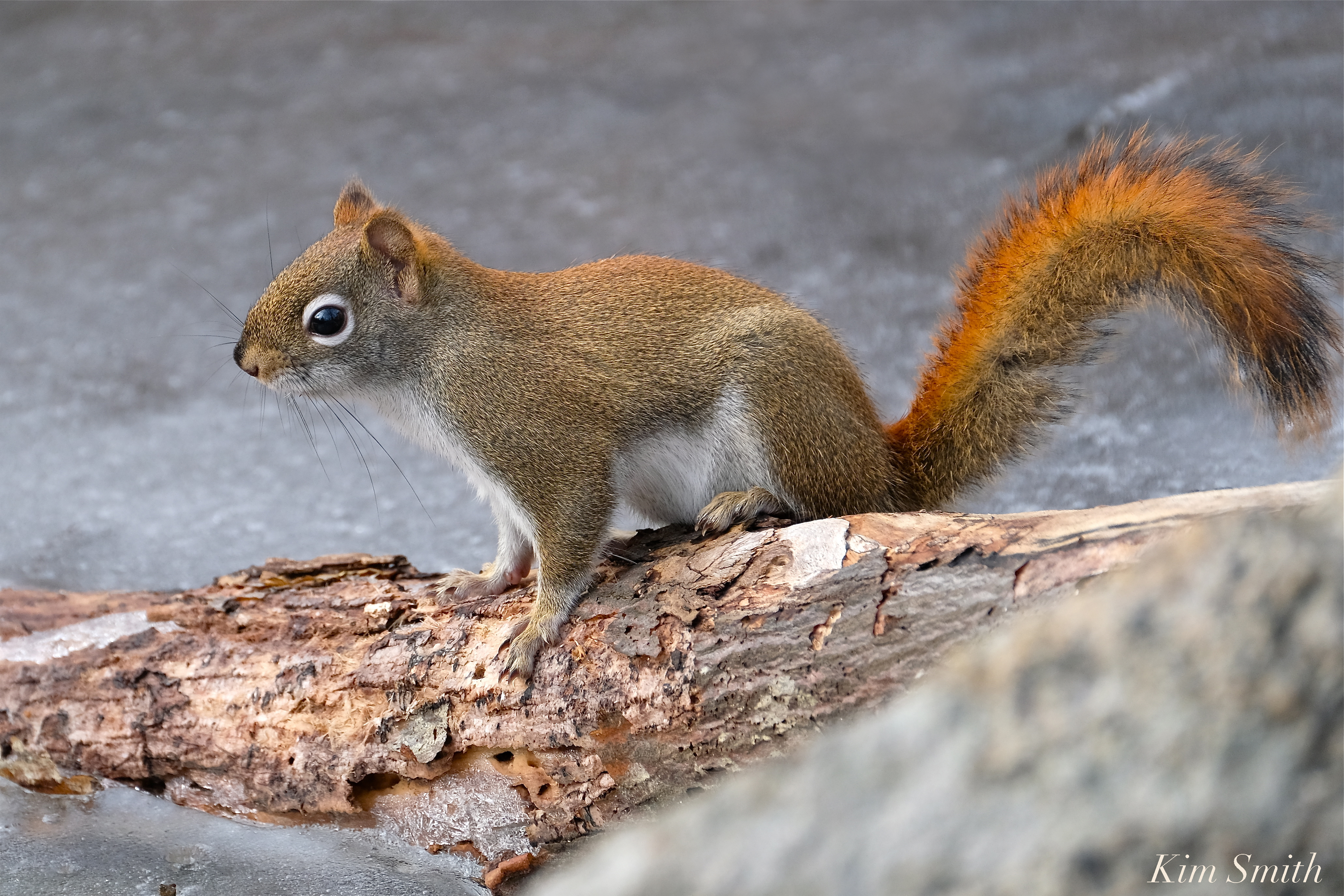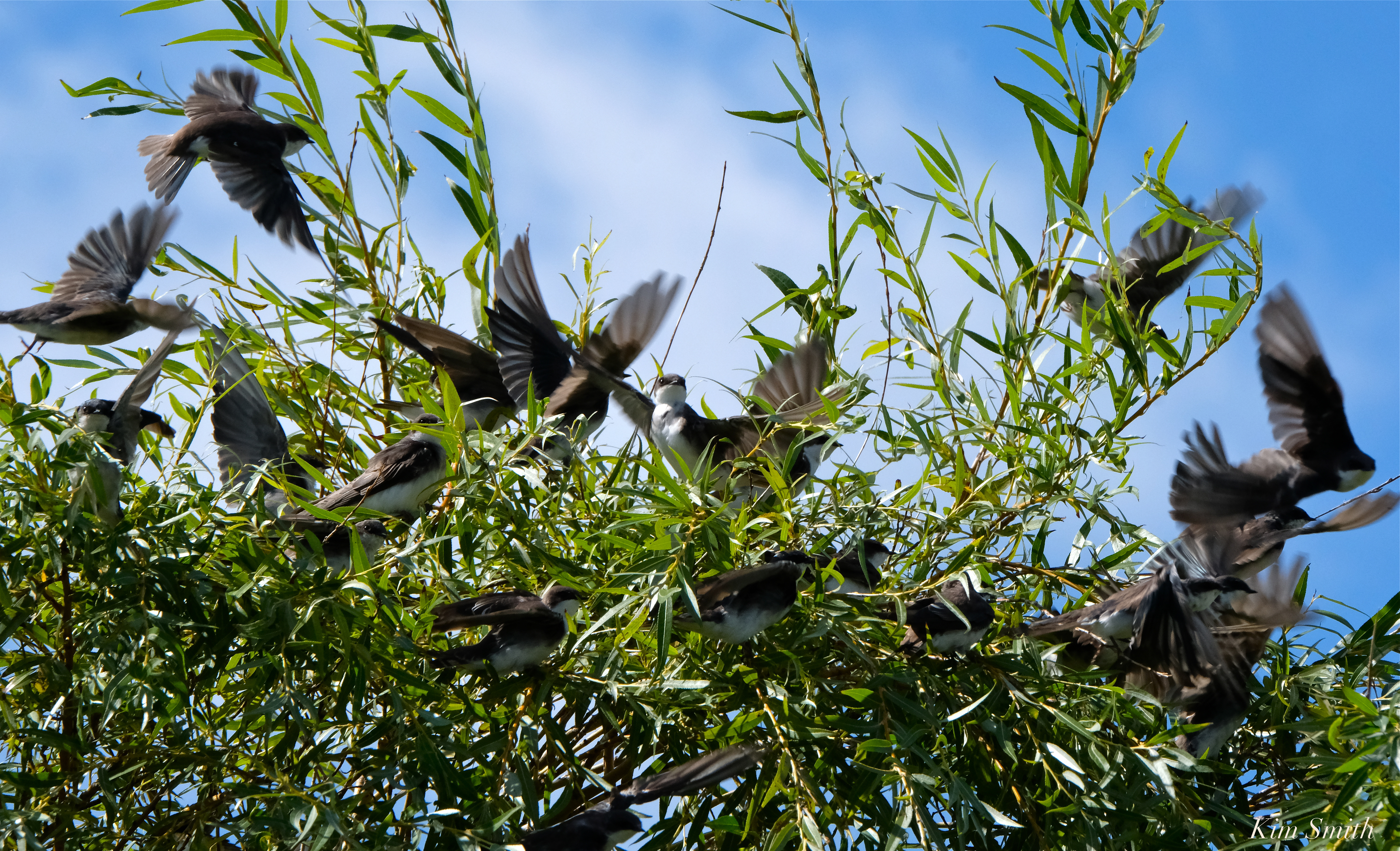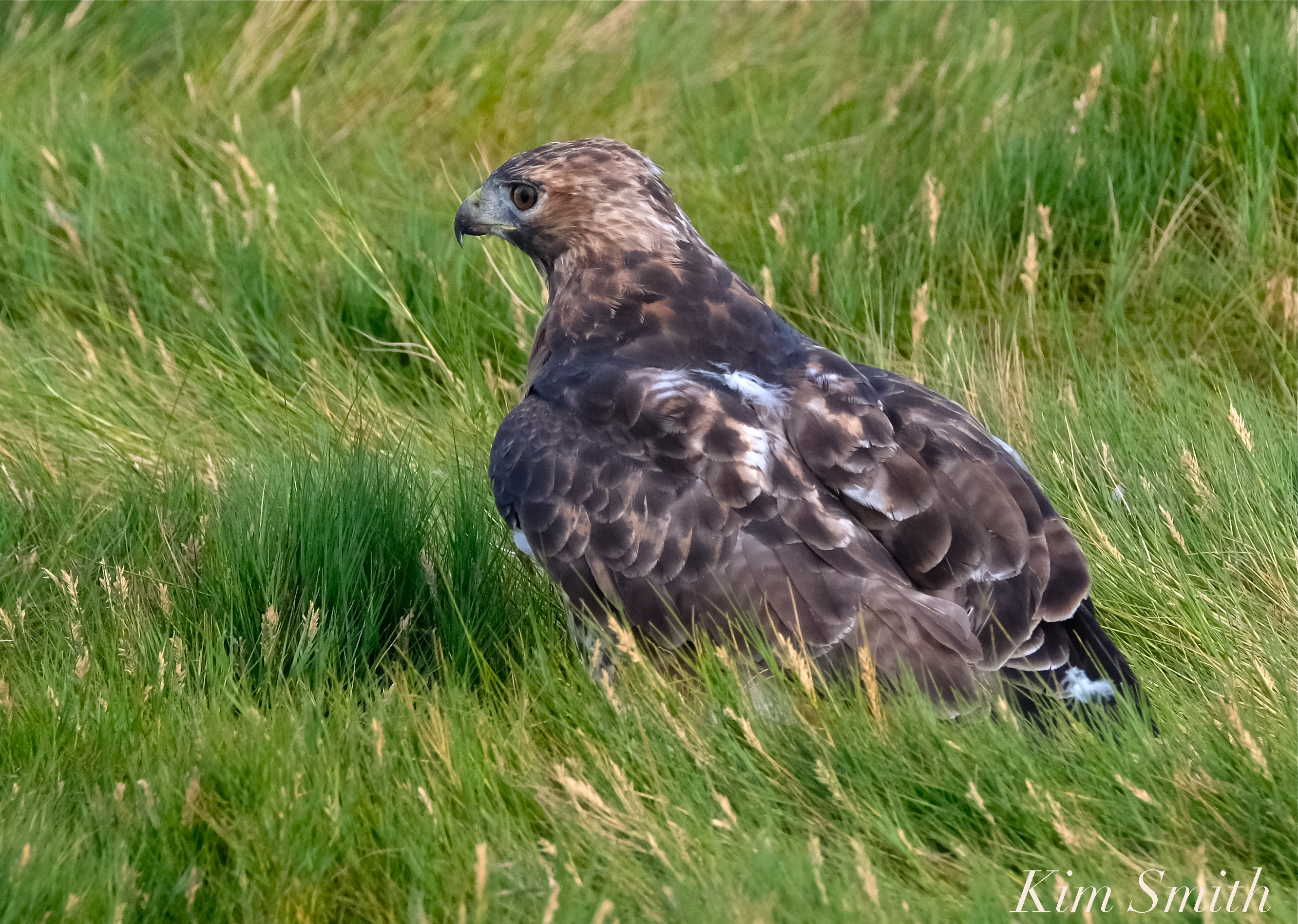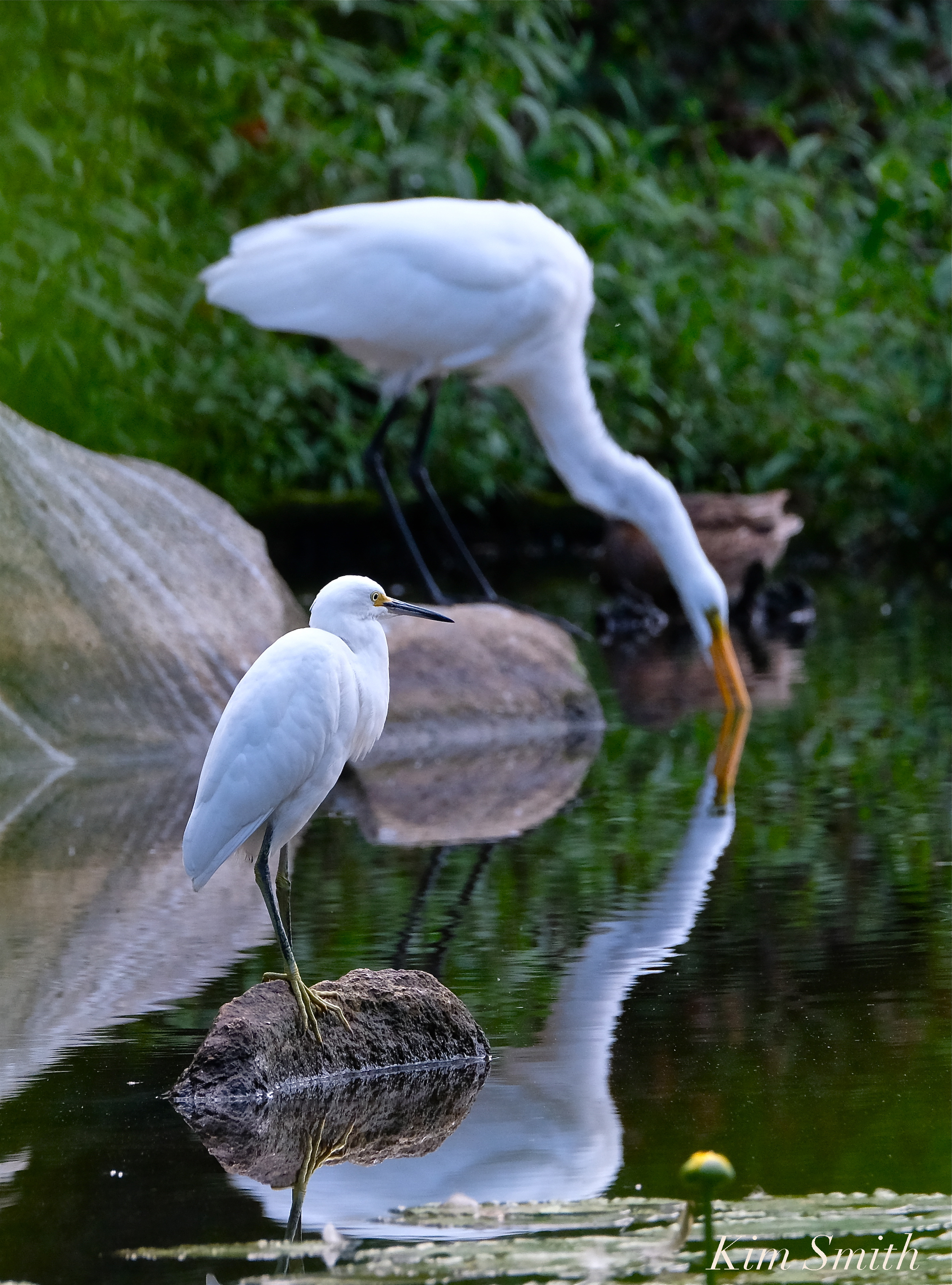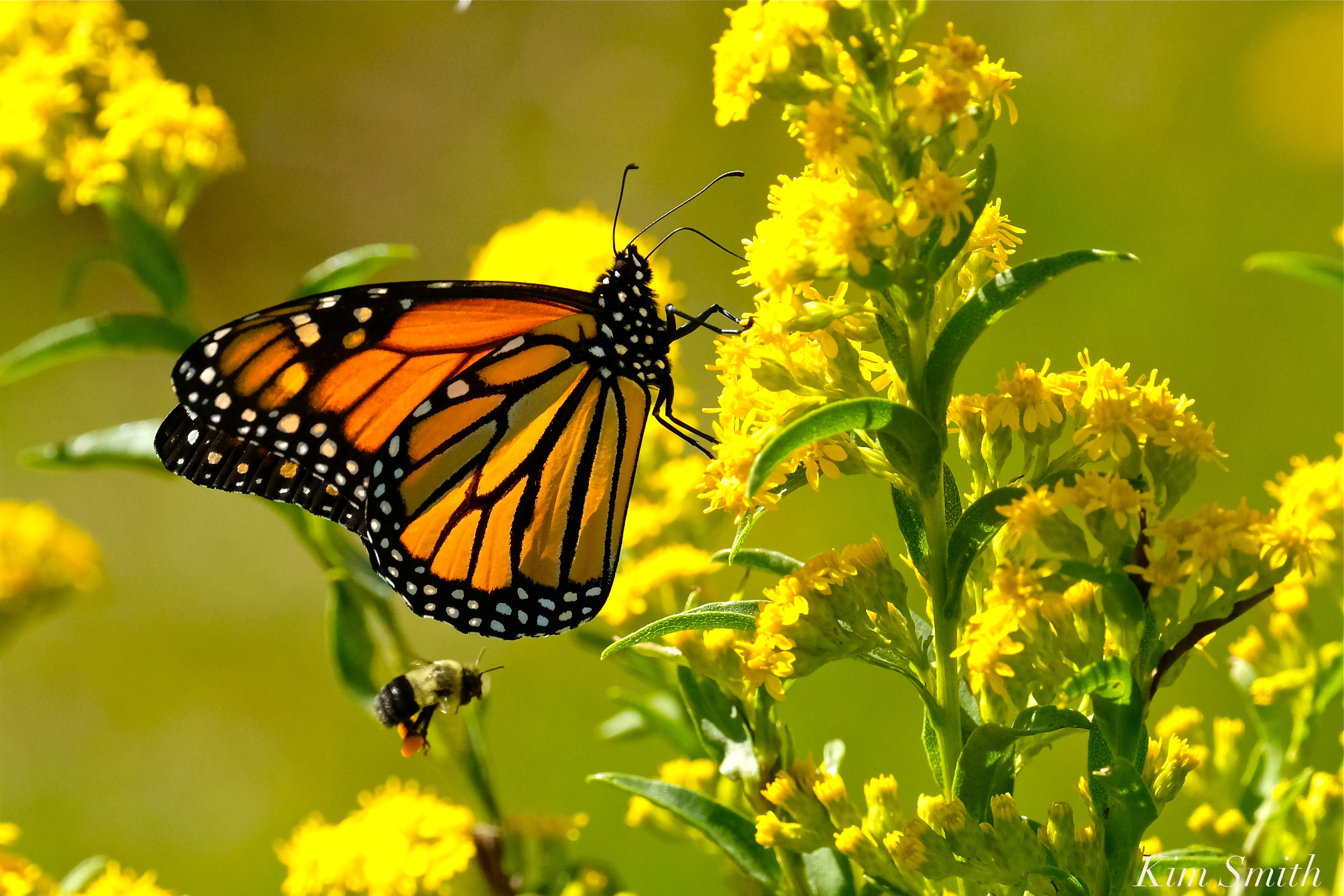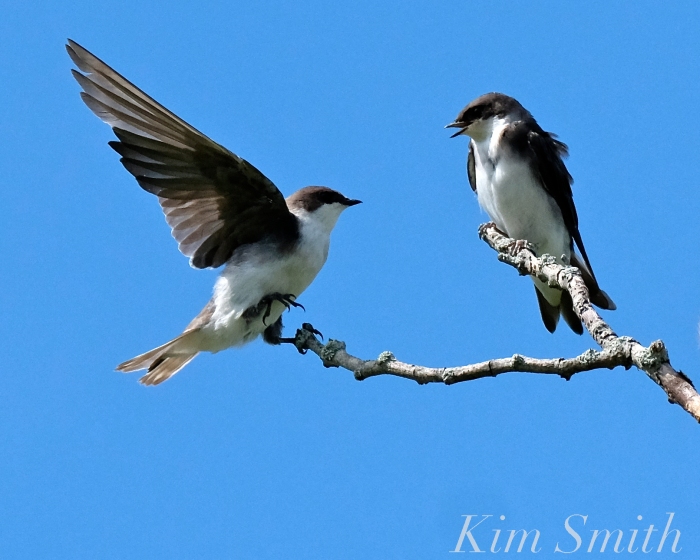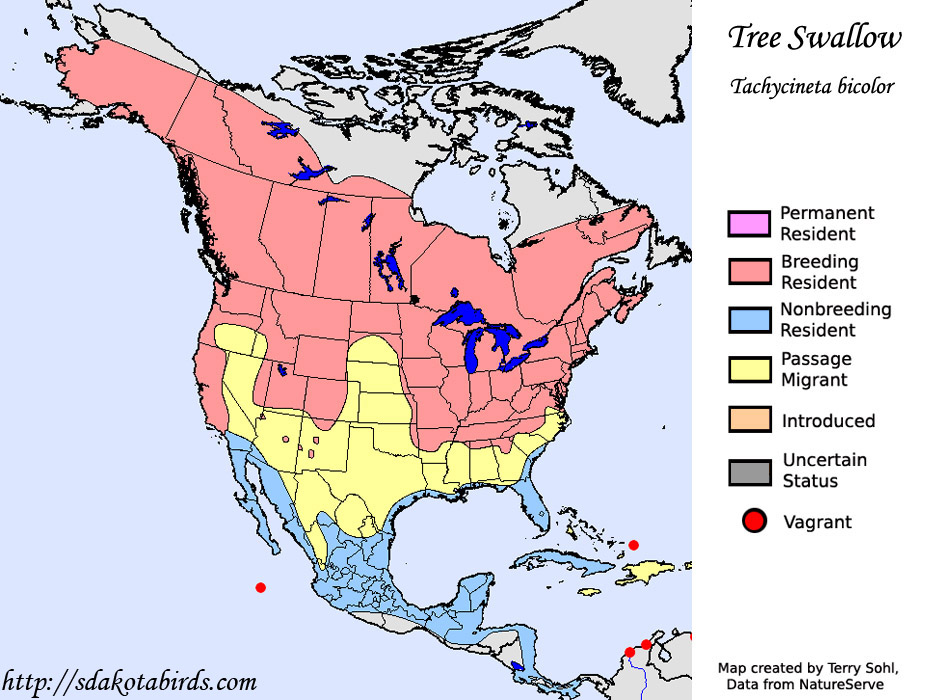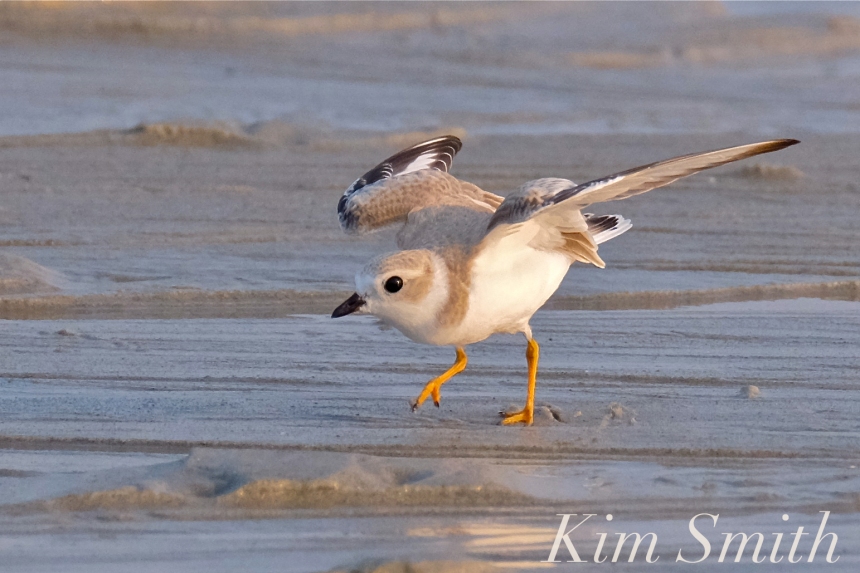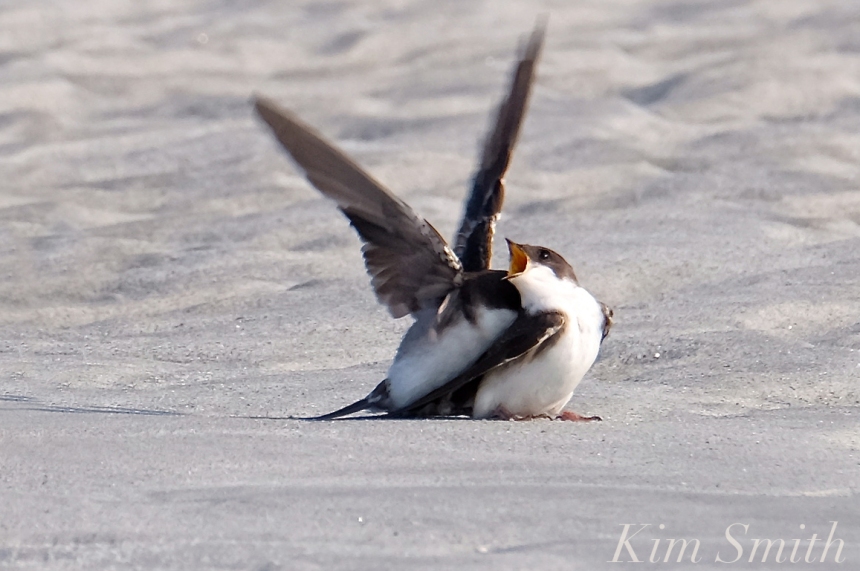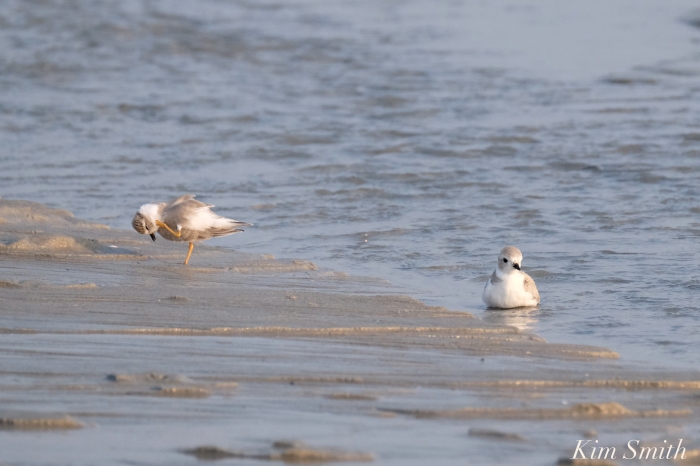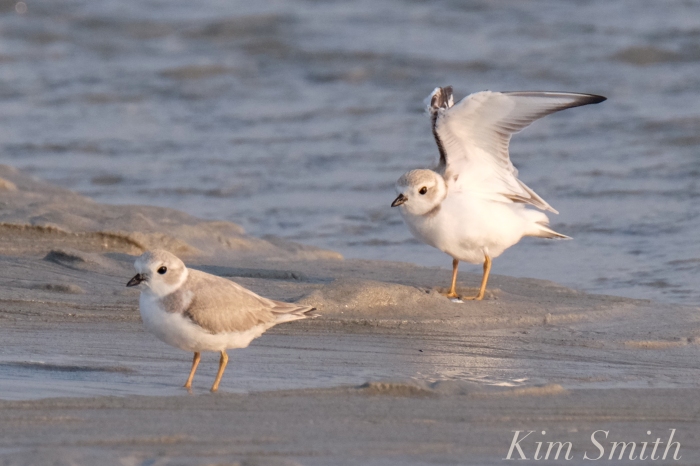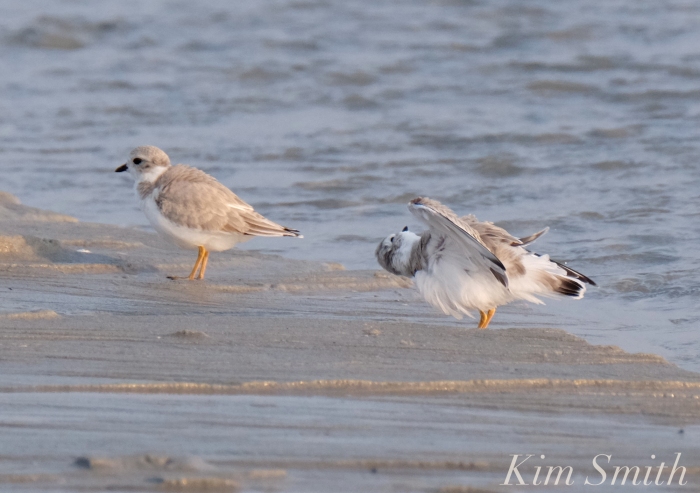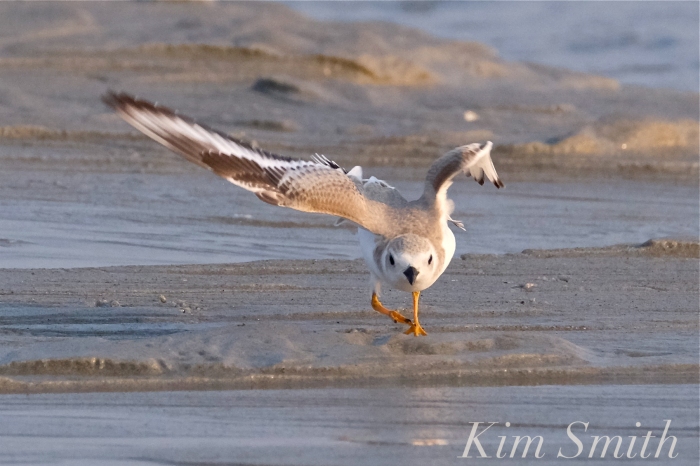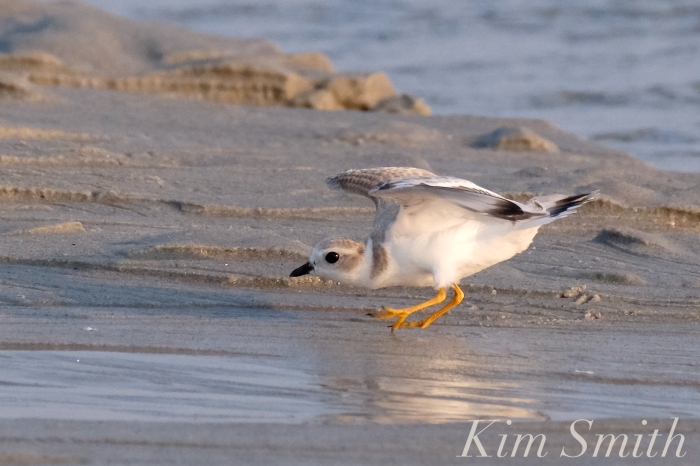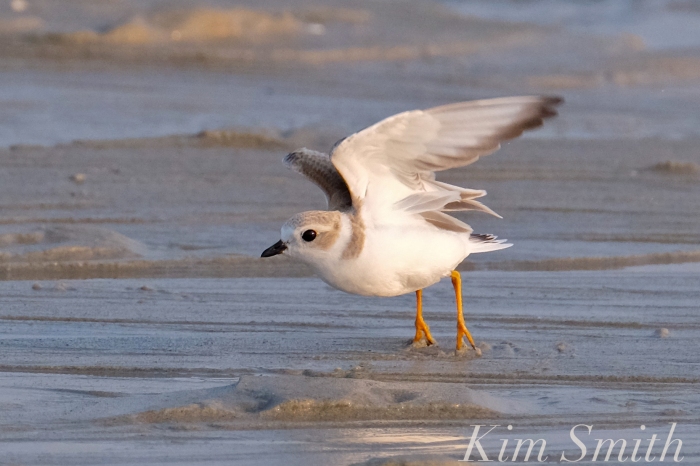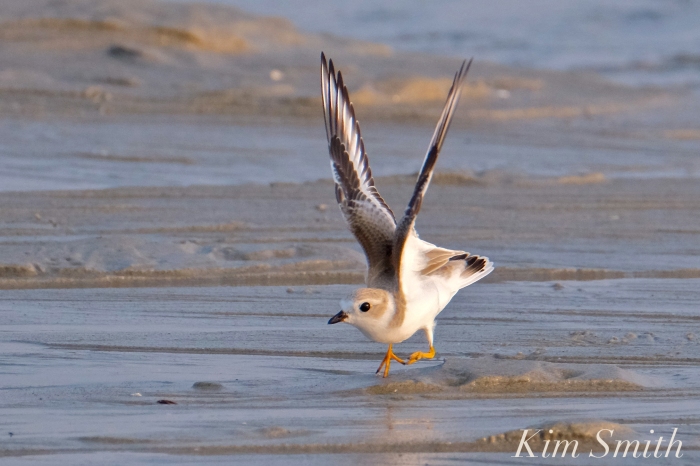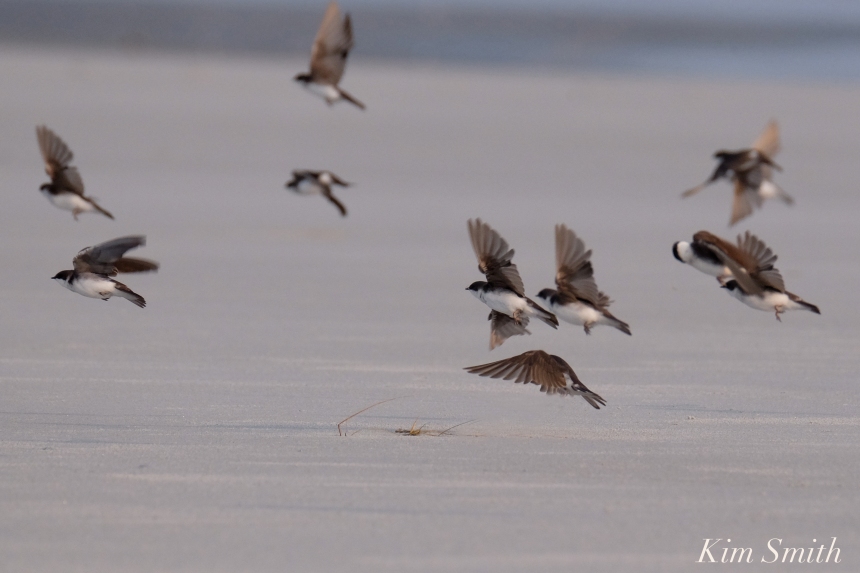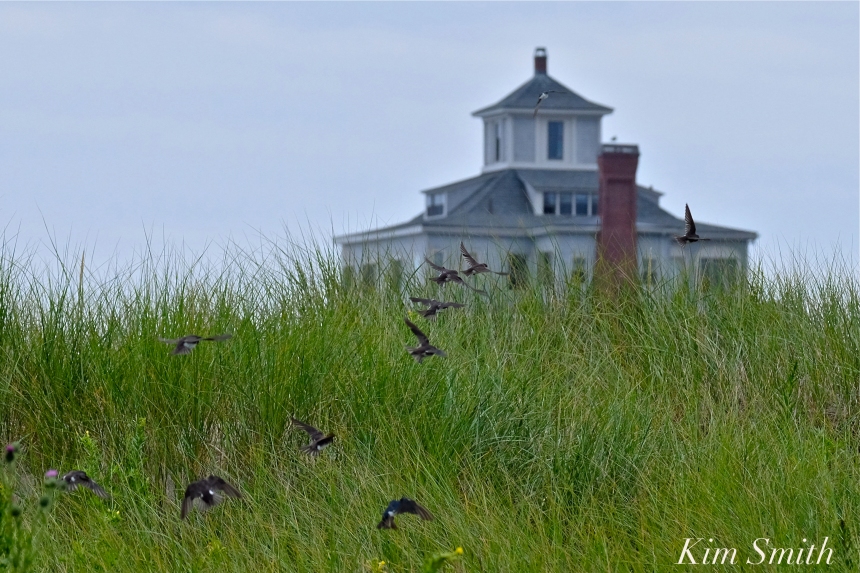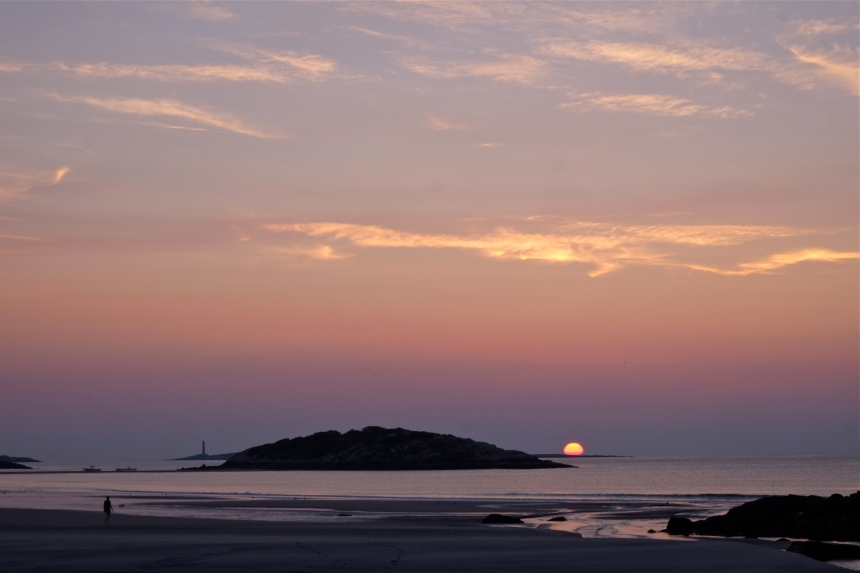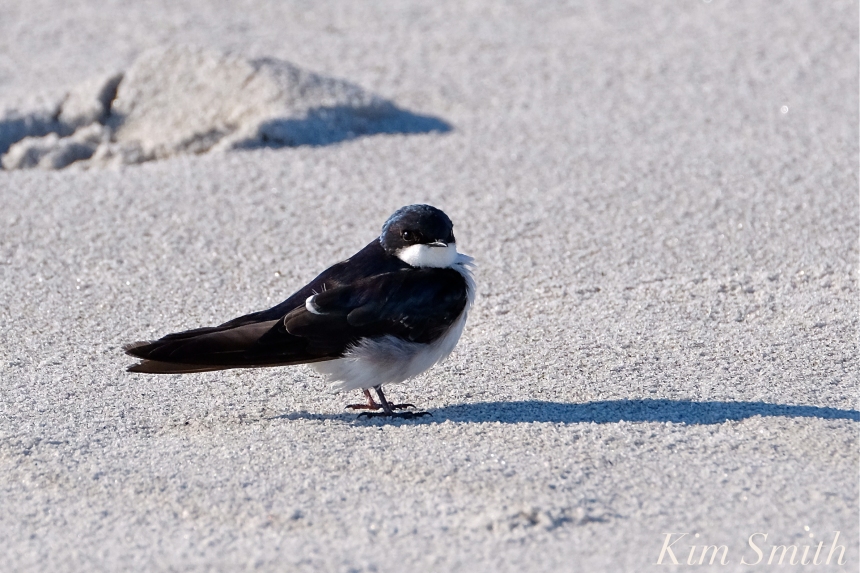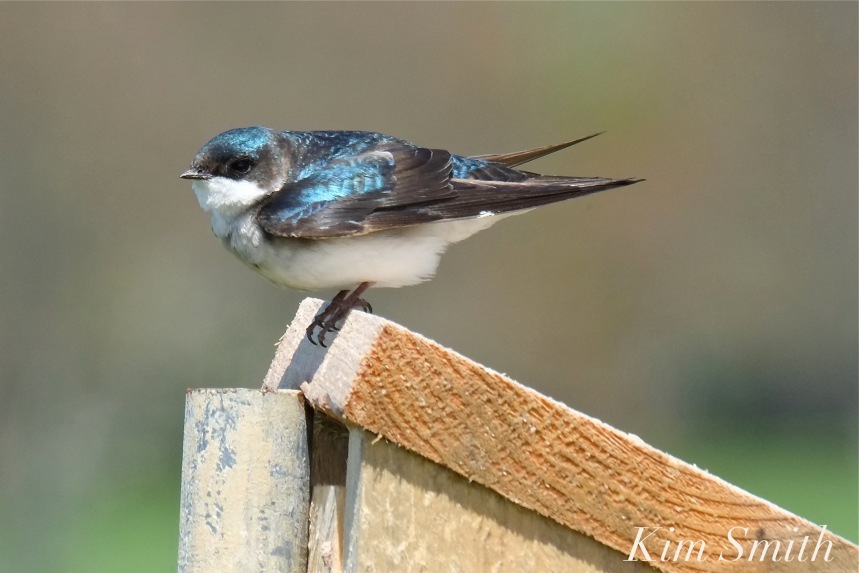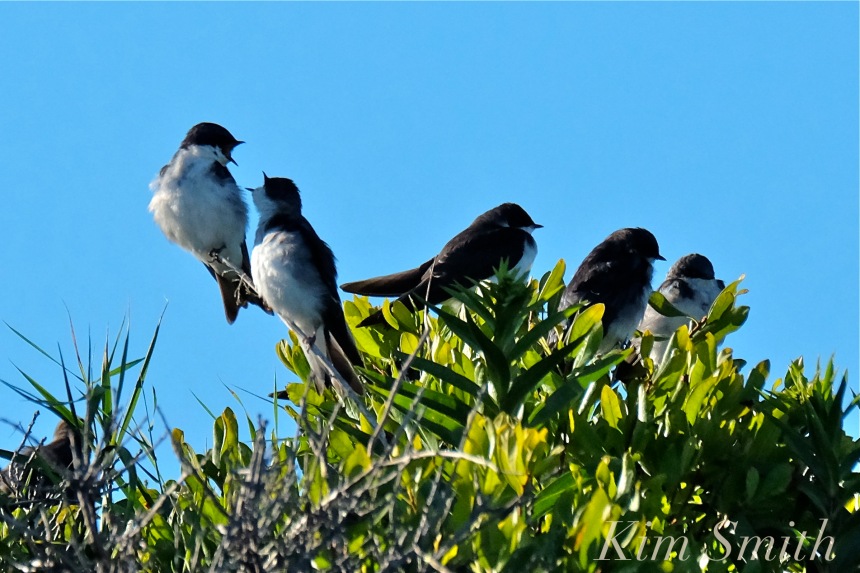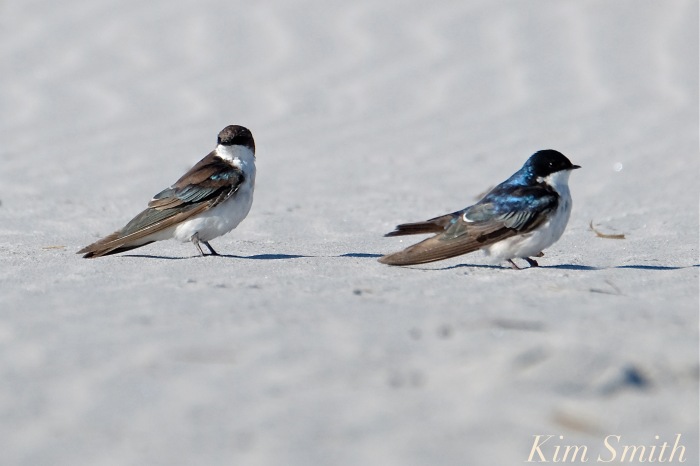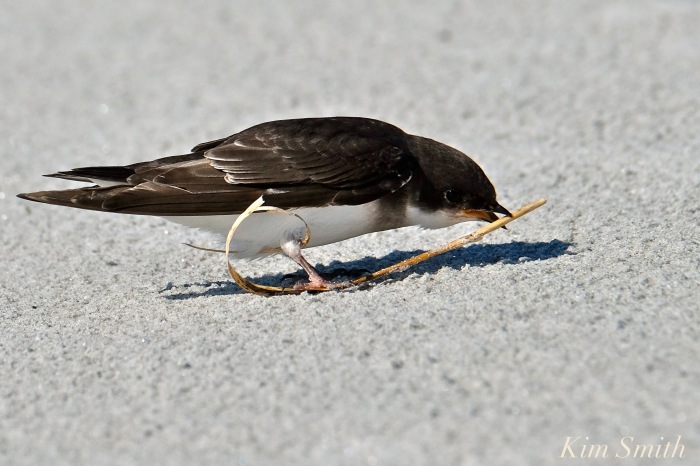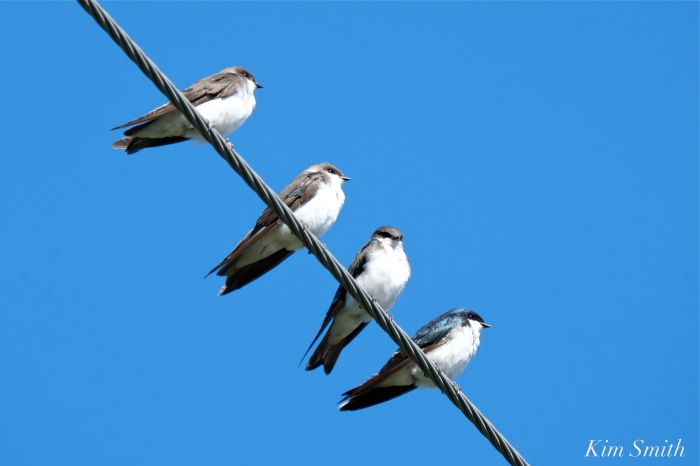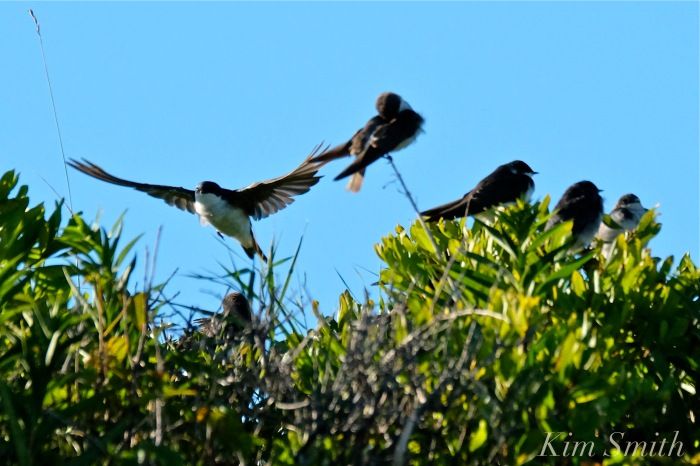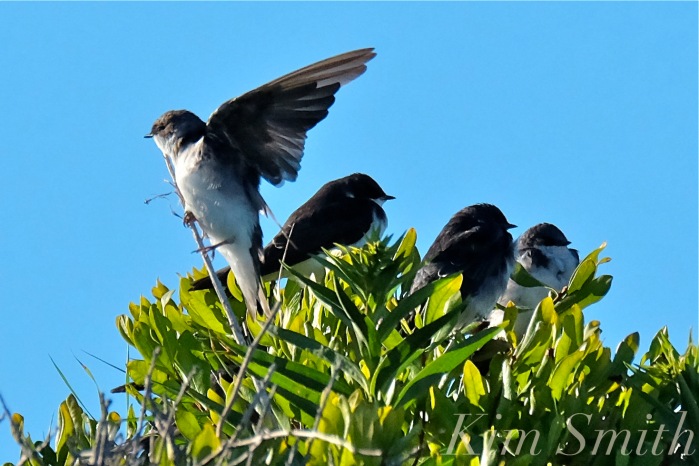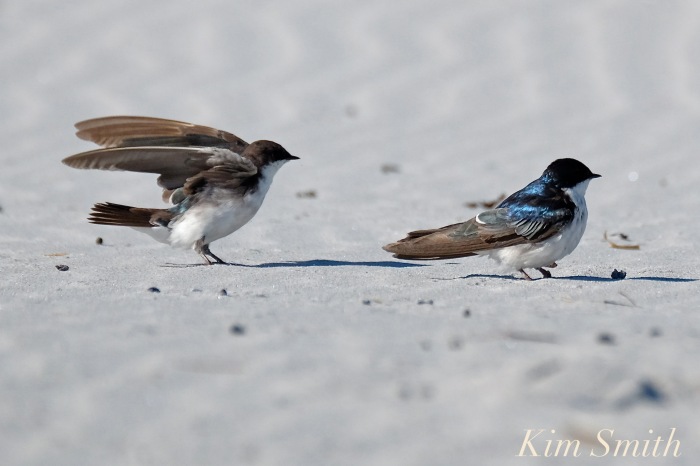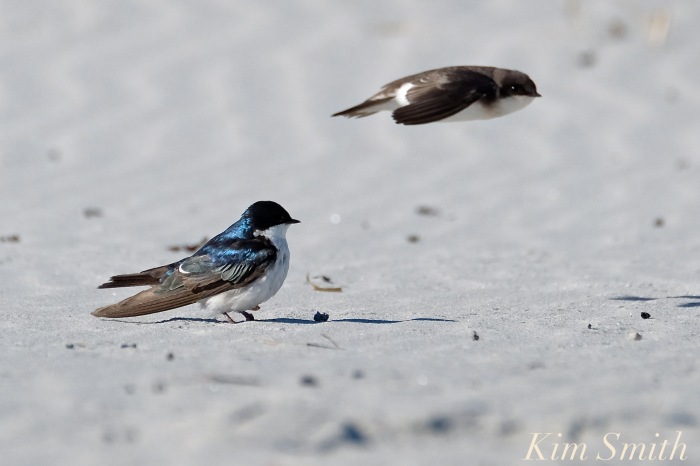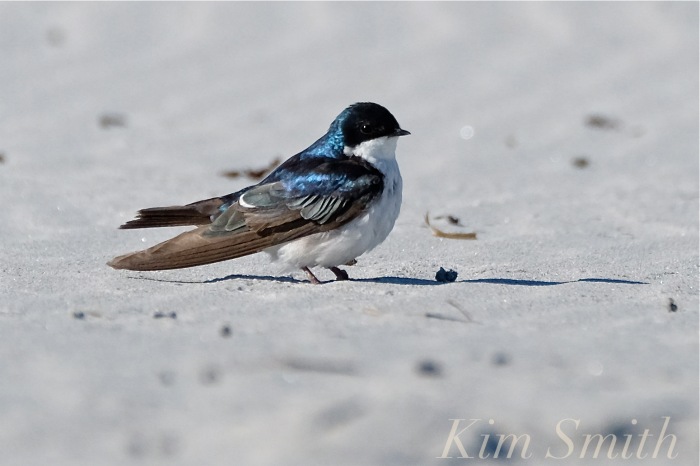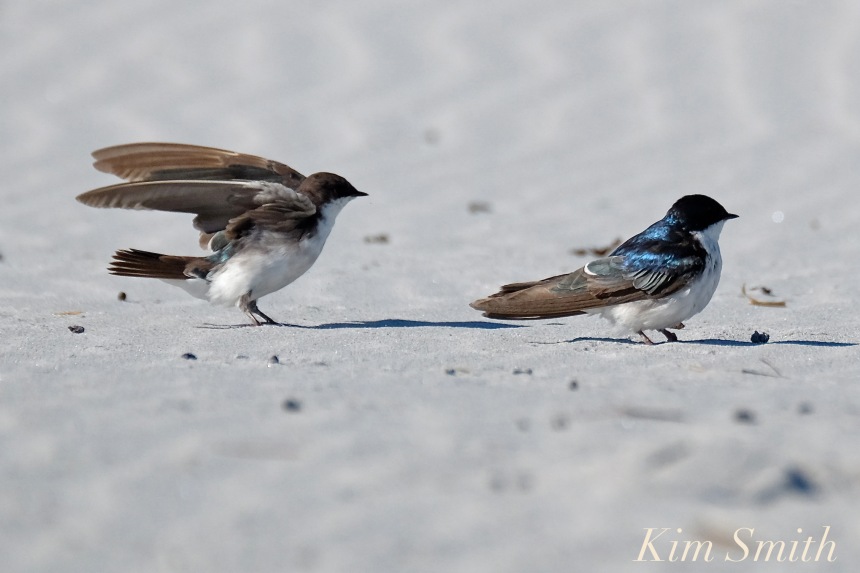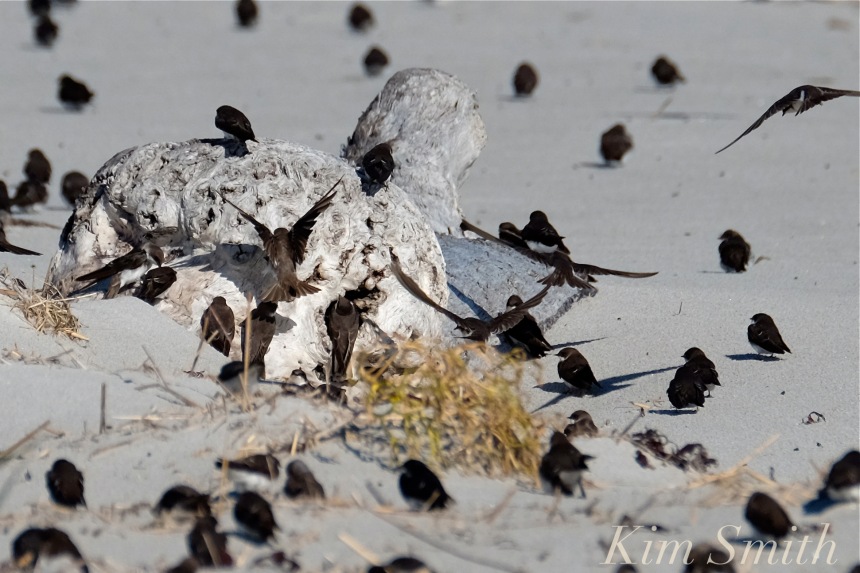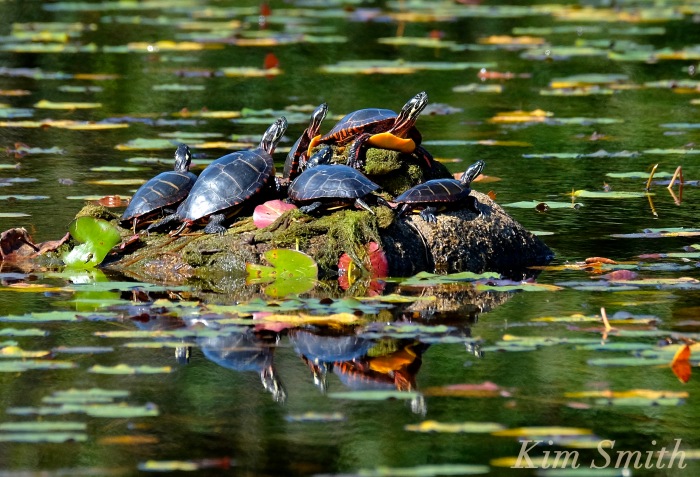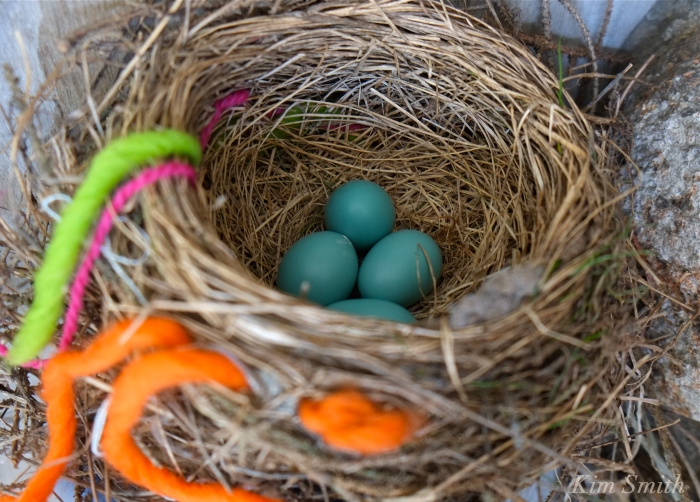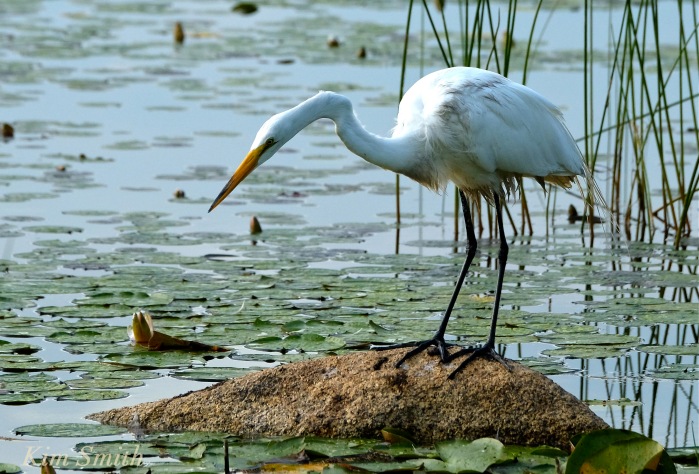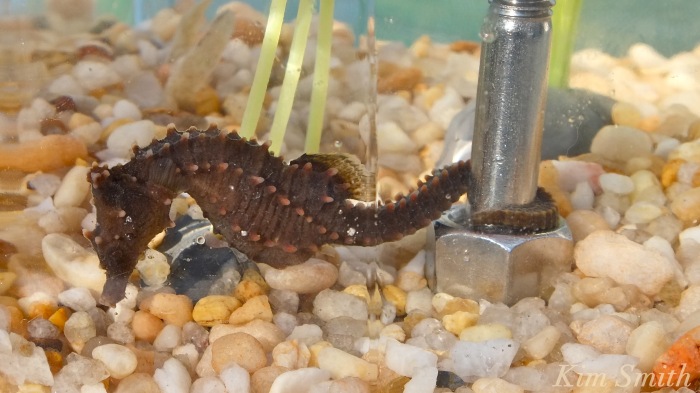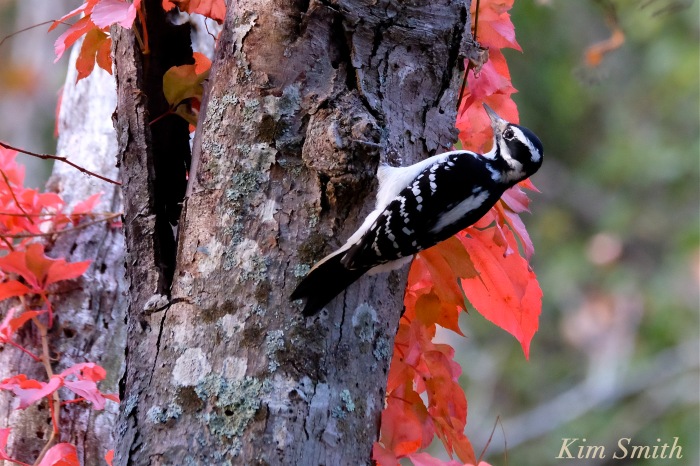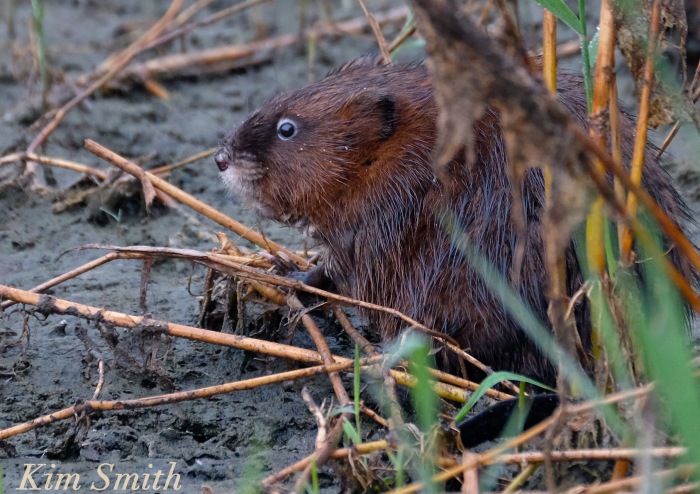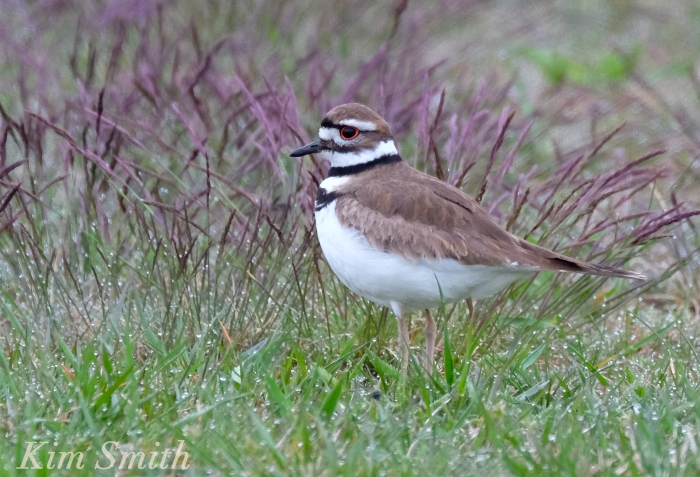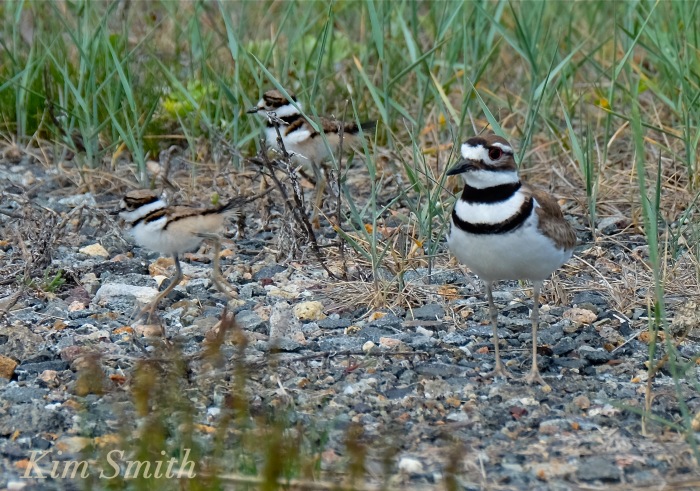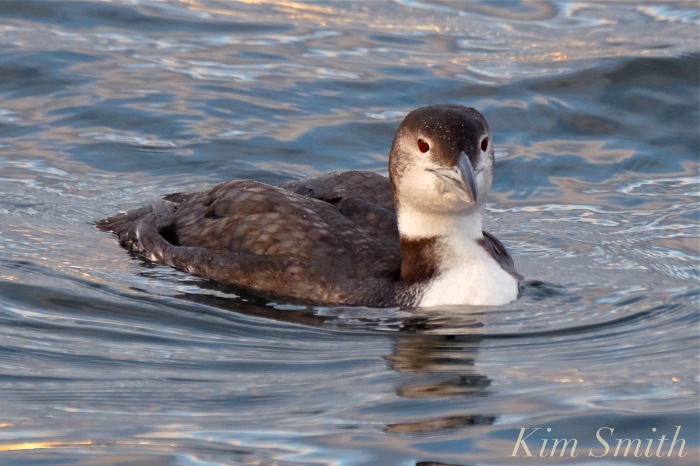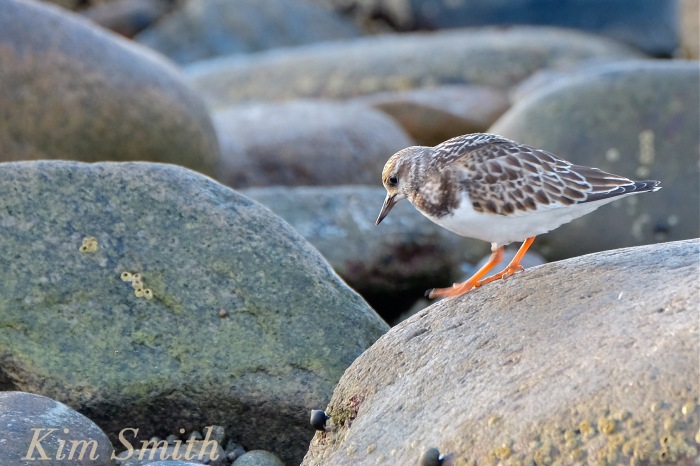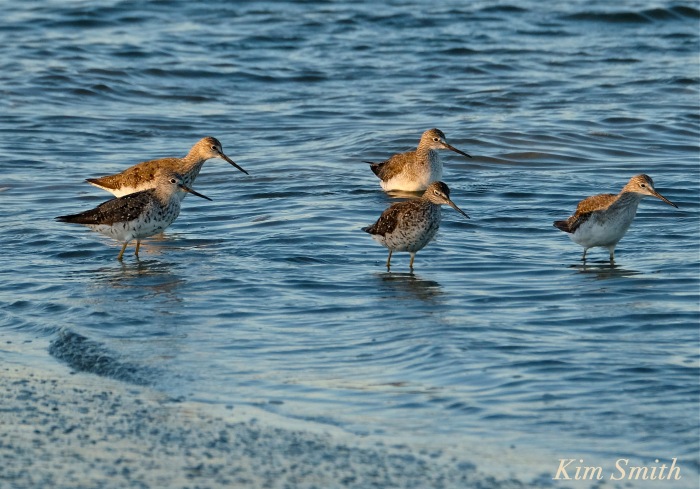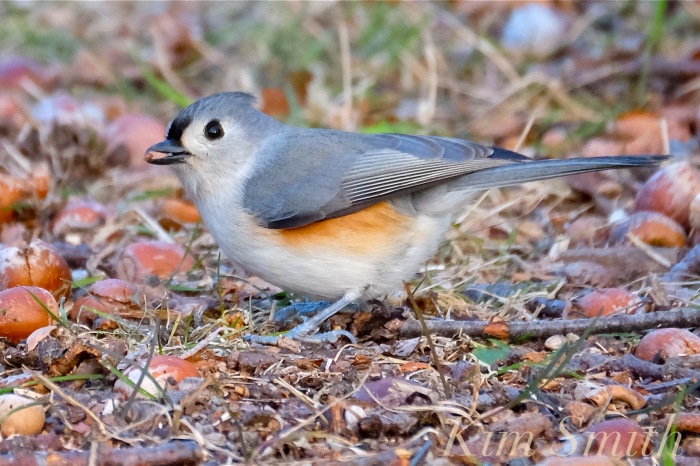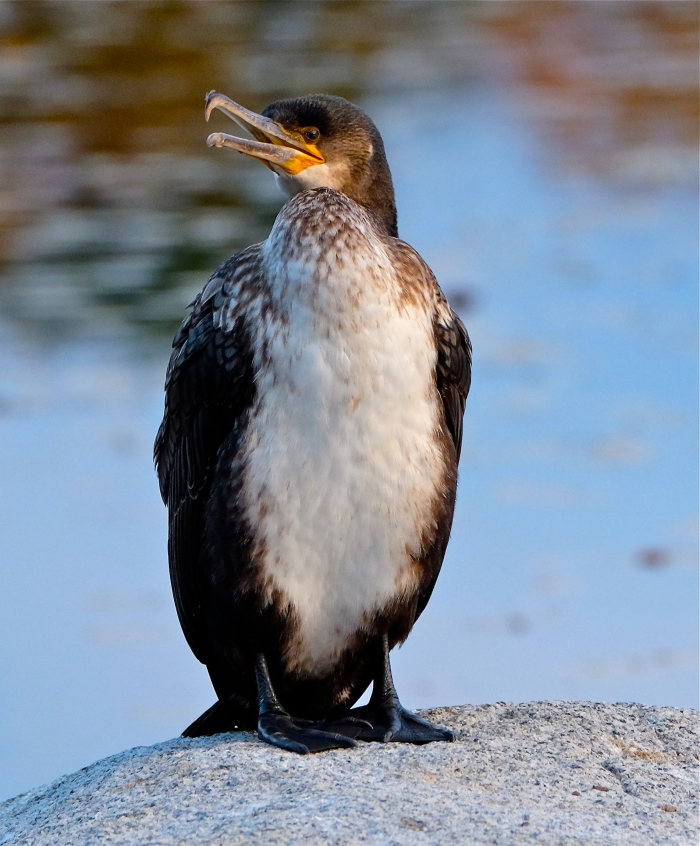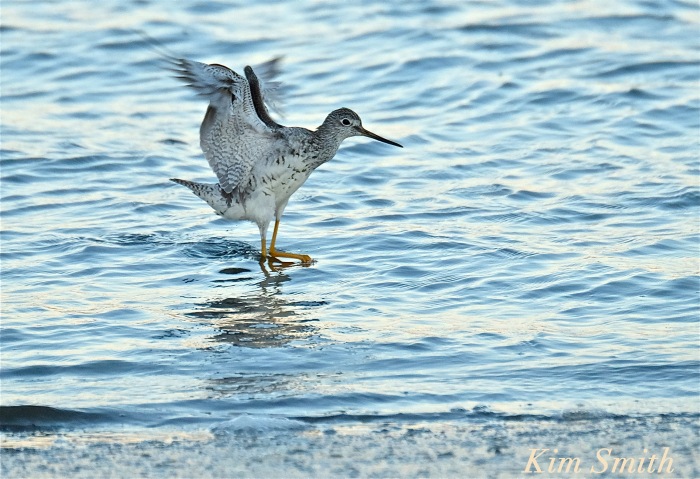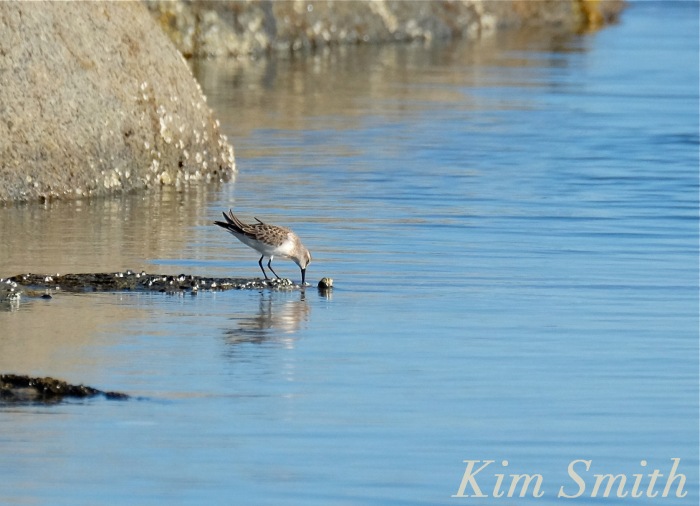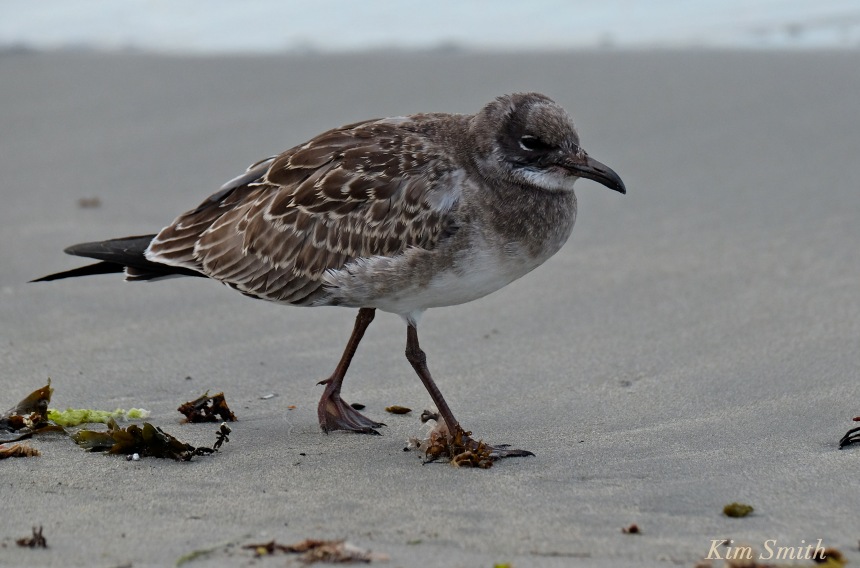During the first week in June 2023, saw crews* installing the wooden boxes that trap the greenhead horseflies in the salt marsh at the back of Good Harbor Beach (on both sides of Thatcher Road). The boxes are new here though not to Gloucester or the region.
See below for a small selection of greenhead flies mentions that made the news–1880s on, some humorous, some not.
I have not experienced too many greenheads this way, but I don’t live beside the marsh. (They’re worse to me at Wingaersheek, Cranes, and Essex rather then Good Harbor and Long Beach.)
They’re a part of the ecosystem. Tree swallows and eastern Kingbirds eat them.
*edit: a little mystery as to who and how. Saw them installing the beach side on June 3, 2023.

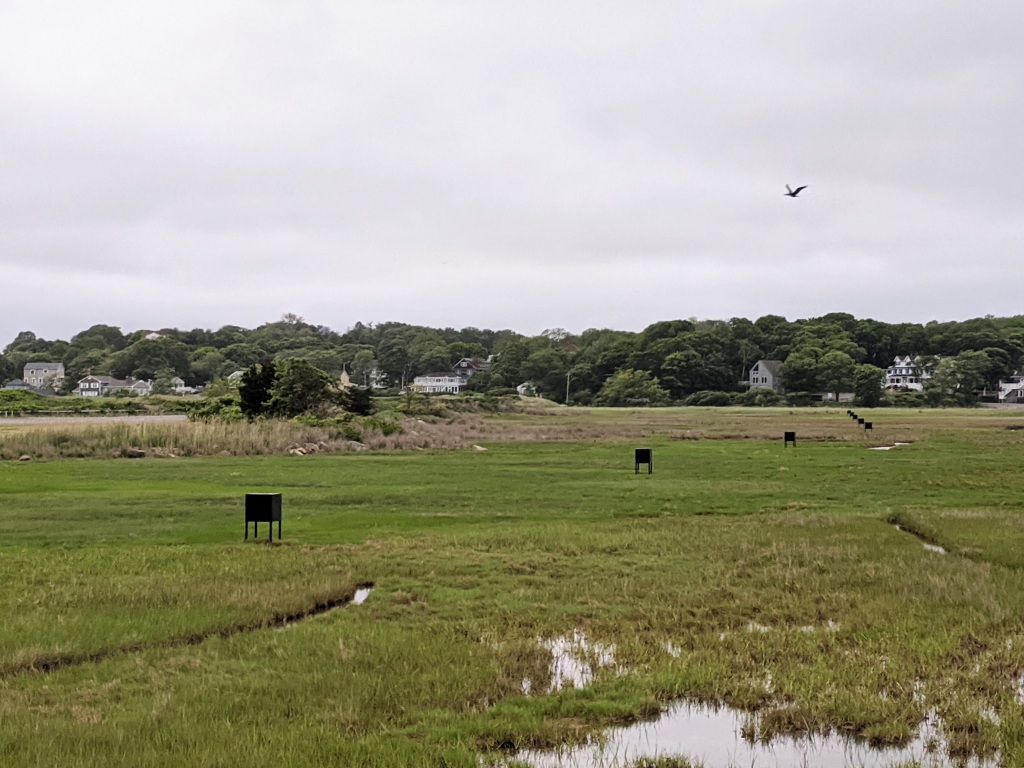
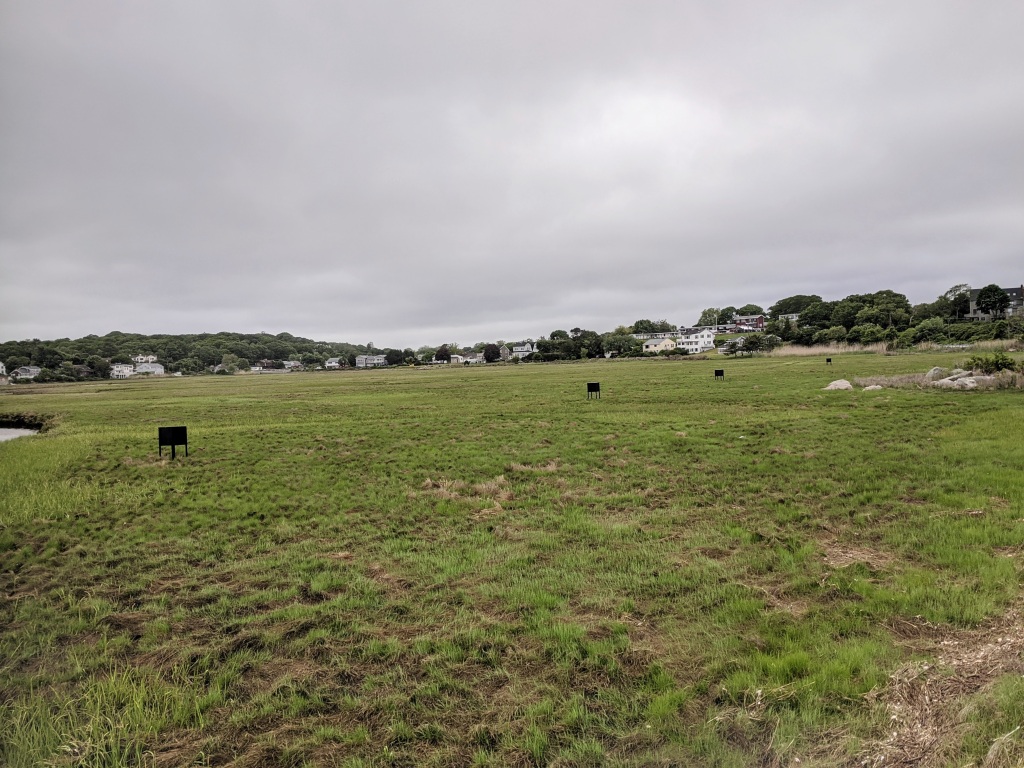
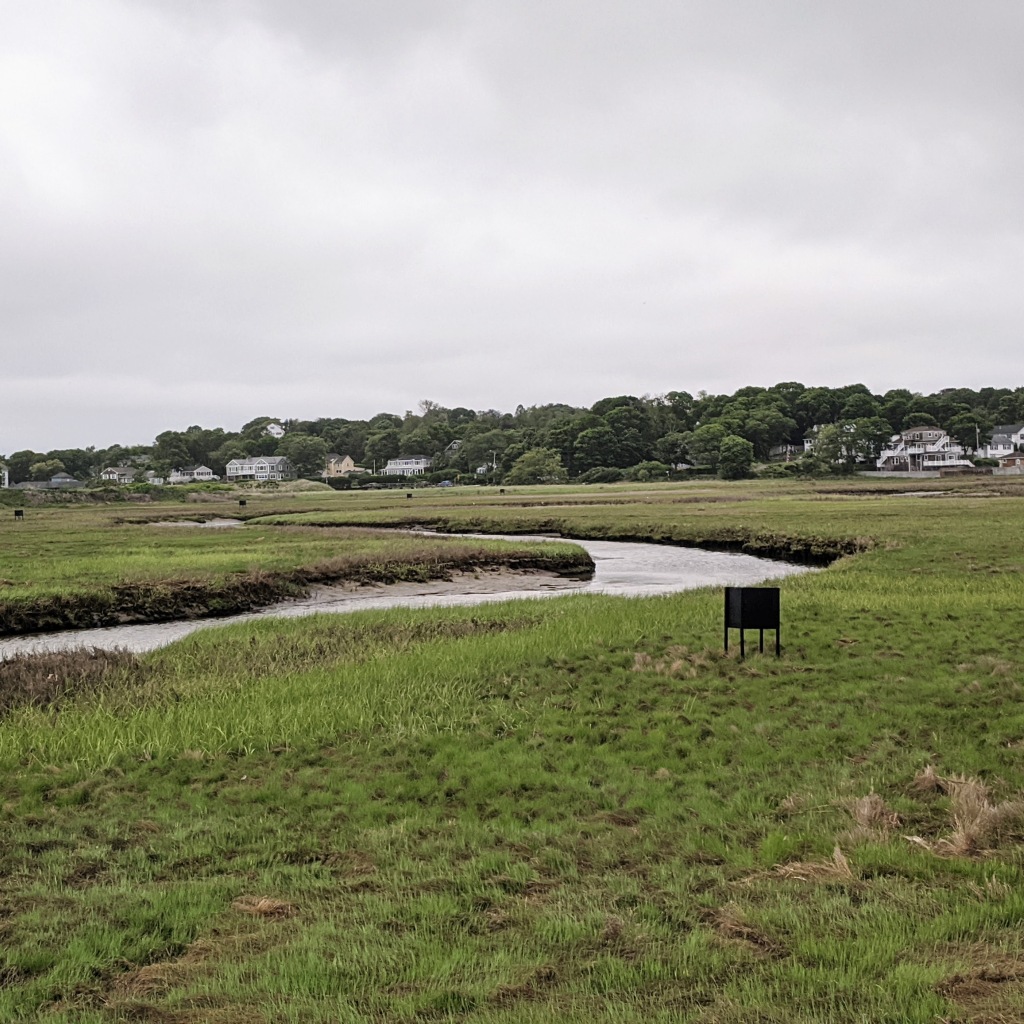
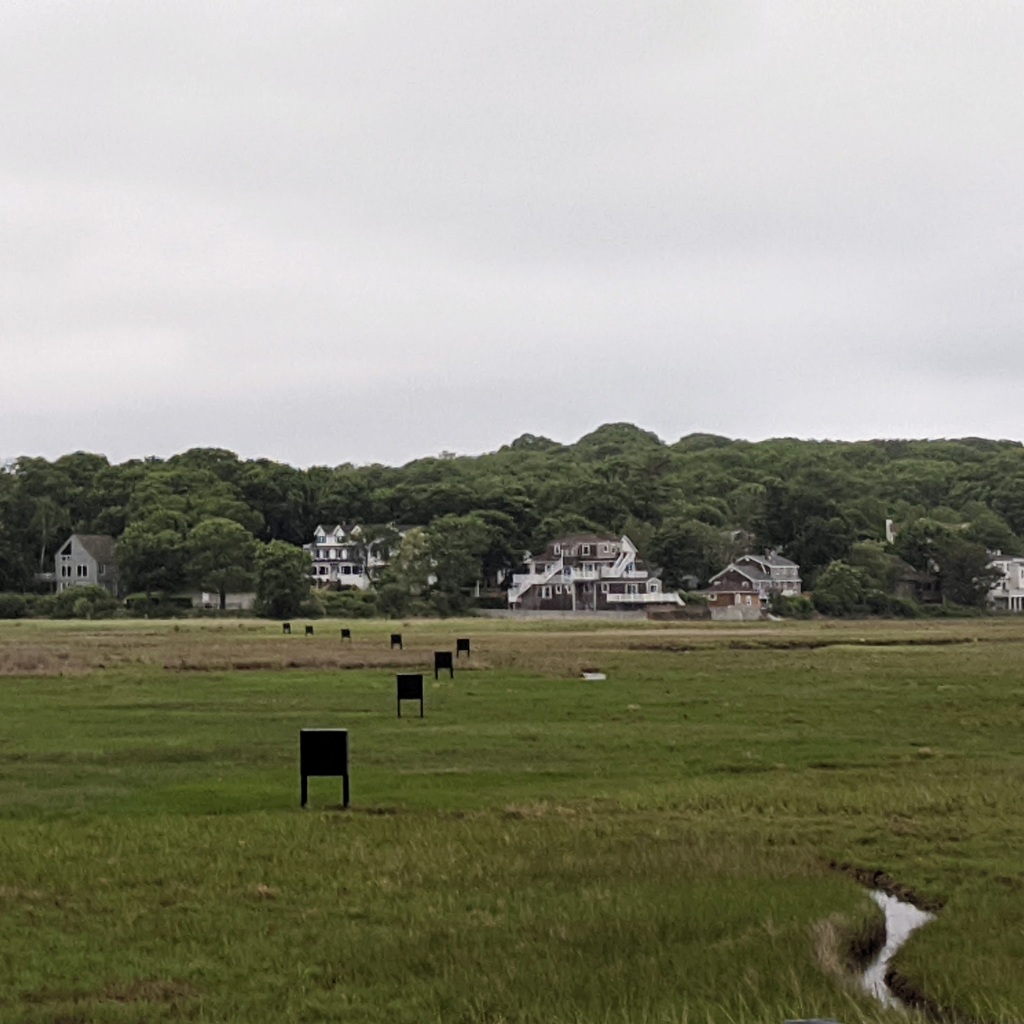
Greenhead flies in the news:
1889 Delaware defends itself. “That Delaware the land of mosquitoes and greenhead flies is a good state “to emigrate from,” will no doubt be the decision of the fire insurance companies doing business there after January 1st…The valued policy law and mosquitoes we confess and deplore; but we kick on the greenhead flies and log cabins with mud chimneys. There are counties in Pennsylvania which beat the whole State of Delaware out of sight in both…greenhead flies are scarce here…”
1907 Green Flies Bother Men and Horses at Ipswich.
“…Thus far the cavalrymen have made no concerted complaint over the invasion of greenhead flies. These pests have stingers like hot needles and cause great annoyance to men and horses.”
1910 from the wires
“You’ll see them in Guayaquil. There the mosquitoes and greenhead flies are so thick that horses and donkeys, unless their legs are cased in cloth, become unmanageable with the pain, Guayaquill is in Ecuador. It is directly under the equator. The heat there is insufferable. Up and down its narrow streets in bluish clouds of buzzing insects walk horses and donkeys in sunbonnets and pantaloons.”
carried in US papers Nov. 1910
1914 excerpt from humorous column by James Montgomery Flagg
“No matter where you happen to be, whether it’s in South Berwick, in New York, or in jail, there comes the time of year when you want to go somewhere else…If you don’t happen to own a shack out in the country, you write to various resorts for terms. Just as you have settled on a seemingly perfect spot, you mention where you are going to a friend. The friend says: “East Bunquit! For the love of Ozone, don’t go there! I tried to spend a summer there once; we were eaten alive by the mosquitoes and greenhead flies! And the cemetery is just outside the dining room window…”
James Montgomery Flagg in Words and Pictures: I Should Say So!! Going Away From Here is not Such a Cinch, 1914
1935
“MANY WISH SOMETHING could be done about the elimination of horseflies, or greenhead flies. Swarms of these pests are molesting bathers at seashore resorts during the past two weeks. Conditions have been so bad on the hot muggy days that many persons who enjoy the seashore have purposely remained away. The greenheads appear at a certain time every summer and while they last they are a nuisance. It is said that spraying operations on the salt marshes drive the greenhead flies out.”
Gloucester Daily Times August 1935 notice
1946 Boston Globe
“…The greenheads, you may be interested to know, are a little more stream-lined than the common horsefly although they belong to the same genre…they don’t fly ordinarily at night. They turn the night over to mosquitos. Maybe it’s a contract…The state has employed Norman H. Bailey, instructor in biology at (BU) to do special research work on the greenhead fly this Summer. He has a collection of these winged A-bombs in little wire cages and right now is hunting egg clusters which are sometimes found–and they are hard to find–attached to blades of marsh grass. One of the highlights ” of his experience to date is the time he sat in his car with the windows down and counted 475 greenhead visitors in 15 minutes. He doesn’t say how many bit him…”
K. S. Bartlett. Boston Globe. “State opens Fight Against Ferocious Essex County Greenheads: Hard-Biting Flies, No Respecters of Persons, Pursued Author Marquand into Sea”
1948 Greenhead Fly Bill passed in the State Senate. $3000 for a study about the “fly nuisance in the tidal areas of Newburyport, Gloucester, Salisbury, Newbury, Rowley, Ipswich and Essex.” Gloucester Daily Times, April 20th
1950s The North Shore Greenhead Fly Program worked with US Fish and Wildlife. Regionally, aimed to Greenhead fly control in any anti mosquito campaigns. Mid 1950s city’s allocation for control was $1000 annually.
1951 Regional officials press state to undertake greenhead fly eradication
1953 Boston Globe: North shore declares War on Greenhead Fly! “…the greenhead is the one that removes both flesh and blood in its sudden attack…”
1956 Cape Ann Tree Wardens attended the 2nd Annual Northeastern Mosquito Control Conference at UMASS in Amherst reflecting greater “awakening of public interest in control measures”. Dr. Bertram Gerry, a member of the Greenhead Reclamation Board, was a featured speaker.
1958 Gloucester Daily Times notice about upcoming 2 marsh sprayings in July for greenhead fly control
1961 Gloucester Daily Times front page coverage
“Gloucester is taking part in three separate programs to control the insects. One is the state program which begins in April or May. This is designed to destroy the larvae of both mosquitoes and greenheads. Gloucester pays its share of the cost for this. The city also uses its own equipment to spray all public areas such as parks and playground. The third program in the budget is for insect control in marshlands an extensive job along local inlets and waterways. Ditches are cleared of stagnant water, the flow of water directed and inhibiting chemicals applied. At one time the city tried to spray private lots but, like most communities, abandoned the mushrooming program…”
Jackie Darcy. Our Mosquitoes are Well Behaved. Gloucester Daily Times. Front page June 13, 1961. [Accessed from Sawyer Free Library GDT archives]
1960s DDT pesticide wreaked havoc on clam flats sparking a battle between industries (shellfishermen vs tourism). The press describes Cape Cod flies as similar but different and eradicated there. I have no idea how true that was but the ink for beastly bites was thick with Cape Ann stories.
1966 “greenhead flies having their annual burst of glory” and arrive first in mid-July
Late 1960s Boxes introduced — on Cape Cod. The insects fly under the belly of the boxes as they would a deer or cow. Once inside they’re drawn in and up by the light and can’t exit.
1973 Rowley scientists build a better Greenhead Fly Trap
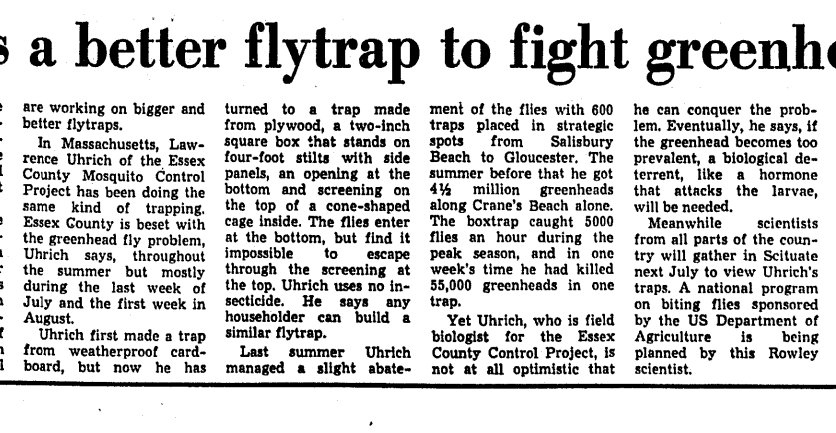
1975 M. R. Montgomery worth a read! “Good things about the greenhead flies” Boston Globe
“…It is turnover that counts, not the capacity of the house. The greenhead fly is to parking space marketing as fast-food is to hamburger marketing…get ’em in, get their money, and get ready for the next crowd…”
1985 Boston Globe Cape Cod survivor story by Tony Chamberlain –
“On average, greenheads hurt a bit more than yellow jackets, though it is a different sort of hurt. The hornet’s hurt seems powered by a kind of electric jolt, while the bite of a greenhead–literally a bite–fairly rings with a delirious quality to it. If you have the self control not to jump when you feel it, you can easily slam the life out of the greenhead where he sits chewing on your vital substance. His very pleasure makes him an easy target, and there’s a lesson in that.”
Chamberlain goes on to recall one of his most vivid greenhead experiences on a Cape Cod fishing trip out of Chatham.
1992 Cape Cod control adds scent bait to the traps–octenol (artificial ox breath). At the end of the season, up to 30,000 flies in a box have been recorded. Some years it’s hundreds.
Do you swear by Avon skin so soft working to ward the beasts away?
Do you have a nightmare greenhead story to relay?
Is there one family member that takes all the hits?
